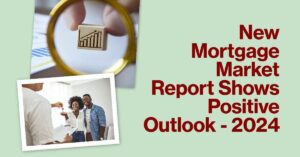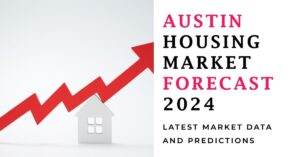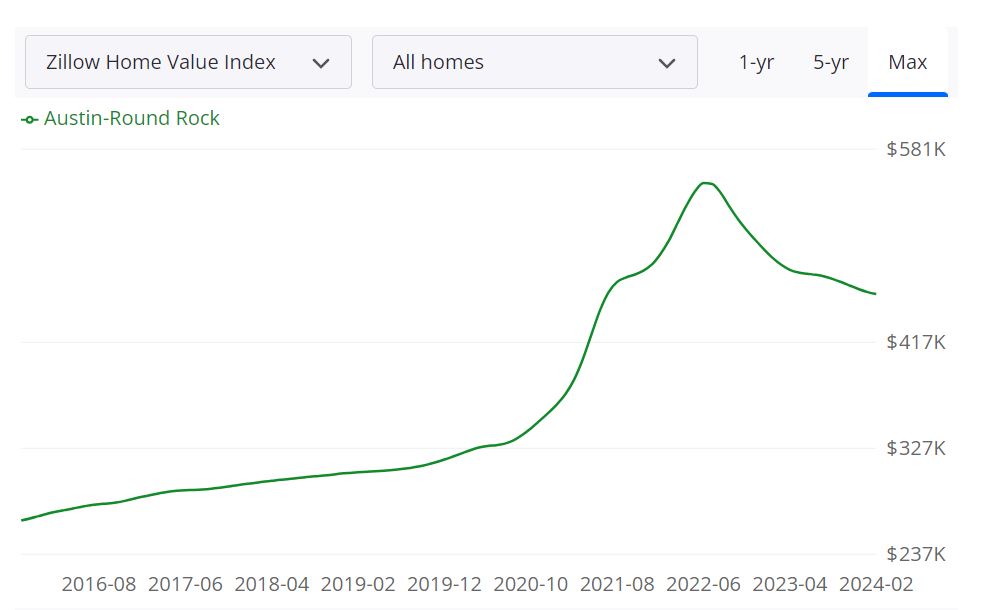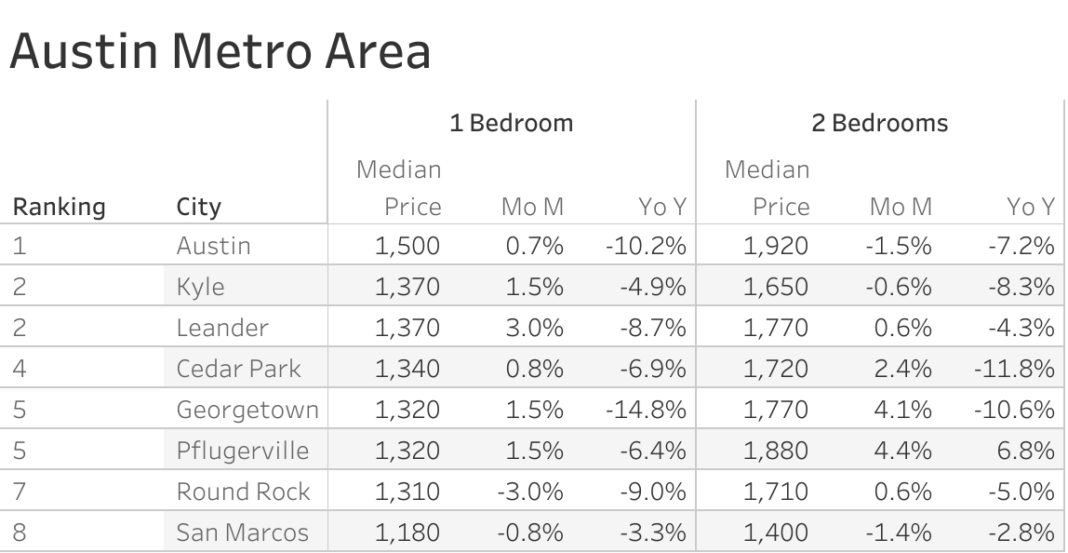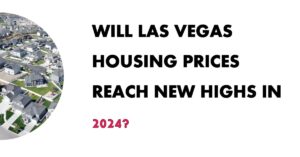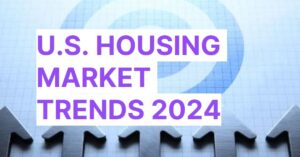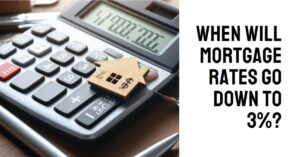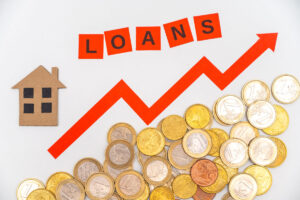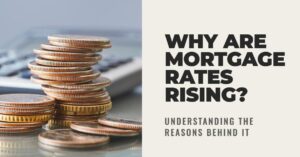Florida is a state that attracts people from all over the world with its beautiful beaches, warm weather, and vibrant culture. But with so many cities to choose from, it can be challenging to decide where to call home. In this guide, we'll explore the top 10 best places to live in Florida, helping you make an informed decision on the coolest Florida cities to relocate to or call home.
Whether you're looking for a bustling city with plenty of job opportunities or a quiet coastal town, Florida has something to offer everyone. From the southernmost tip of the state to the panhandle, we'll take you on a journey through Florida's most desirable cities.
Key Takeaways
- Florida offers a diverse range of cities to choose from, each with its own unique charm.
- The top 10 best places to live in Florida cater to a variety of lifestyles and preferences.
- When looking for the best Florida cities to relocate to, consider factors such as safety, affordability, and quality of life.
- Whether you're a young professional or a retiree, Florida has something to offer everyone.
- By the end of this guide, you'll have a better understanding of the top cities to live in Florida.
The Best Place to Live in Florida is Sarasota
The top-ranked city for quality of life in Florida is Sarasota. Situated on the Gulf Coast, Sarasota offers a unique blend of natural beauty, cultural attractions, and a high standard of living. The city boasts stunning beaches with crystal-clear waters and powdery white sand, providing endless opportunities for outdoor activities such as swimming, sunbathing, and water sports. Sarasota is also renowned for its thriving arts scene.
The city is home to various museums, galleries, and performing arts venues that showcase both local talent and internationally acclaimed works. Additionally, Sarasota hosts numerous festivals throughout the year that celebrate music, film, dance, and more. Beyond its natural beauty and cultural offerings, Sarasota provides excellent educational facilities and healthcare services. The city's strong economy supports a range of industries including tourism, healthcare, education, finance, and technology.
10 Best Places to Live in Florida in 2024
Here are 10 of the best places to live in Florida:
1. Sarasota
Sarasota is a beautiful city on Florida's Gulf Coast. It's known for its world-class beaches, cultural attractions, and vibrant downtown area. Sarasota is also home to a large retiree population, but it's also a great place for young professionals and families.
2. Naples
Naples is another affluent city on Florida's Gulf Coast. It's known for its white-sand beaches, high-end shopping, and luxury golf courses. Naples is also home to a number of cultural attractions, such as the Baker Museum of Art and the Naples Botanical Garden.
3. Melbourne
Melbourne is a family-friendly city on Florida's Space Coast. It's known for its good schools, safe neighborhoods, and proximity to the beach. Melbourne is also home to a number of aerospace companies and government agencies.
4. Jacksonville
Jacksonville is the largest city in Florida. It's known for its diverse economy, affordable housing, and abundance of outdoor activities. Jacksonville is also home to a number of professional sports teams, including the Jacksonville Jaguars and the Jacksonville Jumbo Shrimp.
5. Tampa
Tampa is a large city on Florida's Gulf Coast. It's known for its professional sports teams, theme parks, and vibrant downtown area. Tampa is also a major business hub and is home to a number of Fortune 500 companies.
6. Pensacola
Pensacola is a city on Florida's Gulf Coast. It's known for its beautiful beaches, historic downtown area, and Naval Air Station Pensacola. Pensacola is also a great place for retirees and families.
7. Daytona Beach
Daytona Beach is a city on Florida's Atlantic Coast. It's known for its world-famous Daytona International Speedway and its annual Daytona 500 race. Daytona Beach is also a popular tourist destination for its beaches, nightlife, and family attractions.
8. Orlando
Orlando is a city in Central Florida. It's known for its world-famous theme parks, including Walt Disney World Resort and Universal Studios Florida. Orlando is also a major tourist destination for its water parks, shopping malls, and restaurants.
9. Tallahassee
Tallahassee is the capital of Florida. It's a college town home to Florida State University and Florida A&M University. Tallahassee is also a government hub and is home to the Florida State Capitol.
10. Fort Myers
Fort Myers is a city on Florida's Gulf Coast. It's known for its beautiful beaches, historic downtown area, and Edison and Ford Winter Estates. Fort Myers is also a great place for retirees and families.
Moving to Florida Cities: Exploring the Sunshine State
If you're considering a move to Florida, you have plenty of options to choose from. The state is home to some of the safest and most affordable cities in the country. With its pristine beaches, sunny weather, and friendly residents, Florida is the perfect place to call home. Read on to discover the best cities in Florida to relocate to.
Safest Cities in Florida
When moving to a new city, safety is a primary concern for most people. Fortunately, Florida boasts some of the safest cities in the United States. According to the latest FBI crime report, these are the top 5 safest cities in Florida:
| City | Population | Violent Crime Rate (per 100,000) | Property Crime Rate (per 100,000) |
|---|---|---|---|
| Parkland | 34,178 | 4.1 | 559.0 |
| Weston | 71,768 | 6.5 | 543.1 |
| Land O' Lakes | 35,995 | 8.5 | 783.7 |
| Ponte Vedra Beach | 30,271 | 14.0 | 619.6 |
| Marco Island | 18,122 | 12.5 | 780.4 |
These cities offer a safe environment with low crime rates and a warm, welcoming community.
Affordable Cities to Live in Florida
Florida is known for its vibrant communities and luxurious lifestyle, but the state also offers affordable living options for those on a budget. These are the top 5 most affordable cities in Florida:
- Sebring
- Palatka
- Avon Park
- Leesburg
- DeLand
These cities have a low cost of living and offer affordable housing options, making them ideal for those who want to live comfortably without breaking the bank.
Whether you prioritize safety, affordability, or both, Florida has several cities that are perfect for you. Choose from its diverse range of options and enjoy the sun-soaked beaches, lush green forests, and welcoming communities that the state has to offer.
The Family-Friendly Charm: Best Cities in Florida for Families
If you're looking for family-friendly cities in Florida, you'll be glad to know that the Sunshine State has plenty to offer. From theme parks to beaches and museums, Florida cities provide endless opportunities for family-friendly activities. However, some cities may be better suited for families than others, with top-rated schools, affordable housing, and a welcoming community. Here are some of the best family-friendly cities in Florida:
| City | Quality of Life | Attractions | Affordability |
|---|---|---|---|
| Orlando | 9/10 | Theme Parks, Museums, Nature Parks | 7/10 |
| Tampa | 9/10 | Beaches, Museums, Zoo | 8/10 |
| Gainesville | 8/10 | Museums, Nature Parks, Cultural Events | 9/10 |
| Sarasota | 9/10 | Beaches, Nature Parks, Art Galleries | 6/10 |
| Naples | 10/10 | Beaches, Museums, Nature Parks | 5/10 |
Orlando is perhaps the most famous destination in Florida for families, thanks to its numerous theme parks, including Walt Disney World, Universal Studios, and SeaWorld. The city also has excellent schools, a low crime rate, and a thriving job market.
Tampa is another popular destination for families, with beautiful beaches, top-rated museums such as the Glazer Children's Museum, and a world-renowned zoo, The Lowry Park Zoo. The city also has a lower cost of living than many other Florida cities, making it an affordable choice for families.
Gainesville is home to the University of Florida, which gives the city a college-town feel with ample cultural offerings and events. It also has a diverse selection of nature parks and museums, including the Florida Museum of Natural History.
Sarasota is situated on Florida's Gulf Coast and offers beautiful beaches, cultural attractions such as the Ringling Museum of Art, and a wide array of nature parks. While the city is not as affordable as some other options on this list, it offers an excellent quality of life and highly-rated schools.
Naples is known for its beautiful beaches, high-end shopping and dining, and world-class golf courses. Although it may be on the pricier side for families, it offers an exclusive and luxurious lifestyle, with plenty of parks and cultural institutions to keep families entertained.
Florida has many other family-friendly cities, including St. Petersburg, Ocala, and Palm Beach. Each city offers unique attractions and amenities, so be sure to research and visit each one to find the perfect fit for you and your family.
The Ultimate Tourist Destinations in Florida
If you're looking for a vacation spot or a place to explore in Florida, be sure to visit these top tourist destinations. With beautiful beaches, theme parks, and an abundance of cultural experiences, these popular cities in Florida are guaranteed to offer a great time for all.
Orlando
Home to Walt Disney World, Universal Studios, and SeaWorld, Orlando is the ultimate destination for theme park enthusiasts. In addition to these world-famous attractions, Orlando also boasts numerous other cultural experiences, such as the Orlando Science Center and the Charles Hosmer Morse Museum of American Art.
Miami
Miami is a vibrant city that offers a unique cultural experience. With beautiful beaches, delicious food, and diverse art and music scenes, visitors will never run out of things to do. Popular attractions in Miami include the Vizcaya Museum and Gardens, the Miami Seaquarium, and the iconic South Beach.
Tampa
Tampa is a beautiful waterfront city that offers a range of family-friendly attractions. With Busch Gardens, the Florida Aquarium, and Lowry Park Zoo, visitors can experience the natural beauty of Florida and also enjoy adrenaline-pumping rides and shows.
St. Augustine
As the oldest city in the United States, St. Augustine is a must-visit destination for history buffs. Visitors can explore the Castillo de San Marcos, an ancient fortress built in the 1600s, and the beautiful Lightner Museum, which features collections of art and artifacts from the Gilded Age.
Key West
The southernmost city in the United States, Key West is a tropical paradise with stunning beaches, clear waters, and abundant marine life. Visitors can go snorkeling or diving to explore the coral reefs, take a sunset sail, or simply relax and enjoy the laid-back island vibes.
Whether you're traveling with family or friends, these top tourist destinations in Florida are guaranteed to offer a memorable experience. From theme parks to historic sites, each city has a unique charm that will leave you wanting to come back for more.
Florida's Top Cities: Amenities and Communities
Florida is a diverse state with numerous communities offering specific amenities. When choosing the best Florida city to relocate to, it's crucial to consider your lifestyle needs and preferences. Here are some of the top cities in Florida that offer exceptional amenities and vibrant communities:
| City | Population | Amenities | Community |
|---|---|---|---|
| Miami | 467,963 | Beaches, shopping, dining, nightlife, museums, parks | Large Latinx population, diverse culture, art scene, music scene |
| Tampa | 399,700 | Beaches, sports teams, museums, shopping, dining, nightlife | Growing job market, riverfront parks, diverse neighborhoods |
| Orlando | 287,442 | Theme parks, shopping, dining, nightlife, outdoor recreation | Lively downtown, family-friendly neighborhoods, diverse culture |
| Sarasota | 58,285 | Beaches, museums, galleries, theaters, dining, shopping | Retiree-friendly, vibrant cultural scene, excellent healthcare |
| Jacksonville | 911,507 | Beaches, museums, parks, shopping, dining | Growing job market, affordable cost of living, diverse neighborhoods |
These are just a few examples of the best Florida cities to relocate to for exceptional amenities and communities. However, many other cities offer their unique benefits, depending on your lifestyle needs, priorities, and preferences.
If you are looking for the top cities to live in Florida for a family-friendly environment, both Tampa and Orlando are excellent options. Their abundance of outdoor recreational activities and family-friendly attractions make them the best family-friendly cities in Florida. Sarasota, on the other hand, caters to retirees who enjoy a vibrant cultural scene and excellent healthcare facilities.
Conclusion
Now that you've explored the top 10 best places to live in Florida and various aspects to consider, you have a better understanding of the state's top cities. Whether you prioritize safety, affordability, family-friendly environments, or vibrant tourist destinations, Florida offers a diverse range of options to suit your preferences.
If you are looking to relocate, keep in mind the safest and most affordable cities to live in, such as Coral Springs, West Palm Beach, and Gainesville. If you prefer a family-friendly atmosphere, consider cities like Weston, Sarasota, and Boca Raton, which offer top-rated schools, recreational activities, and cultural experiences.
For those who want to experience Florida's tourism offerings, cities like Miami, Orlando, and Tampa offer unique cultural experiences, world-famous attractions, and beautiful beaches.
Overall, Florida's top cities provide exceptional amenities, vibrant communities, and a high quality of life. So, whether you're planning a vacation or looking for a new place to call home, consider Florida's best cities, and make the most of your time in the Sunshine State.
Note: These are just a few of the best places to live in Florida. When choosing a place to live, it's important to consider your budget, lifestyle, and needs. Be sure to do your research and visit different areas before making a decision.
FAQs
What is the best place to live in Florida?
The top-ranked city for quality of life in Florida is Sarasota. Situated on the Gulf Coast, Sarasota offers a unique blend of natural beauty, cultural attractions, and a high standard of living.
Which cities in Florida are the safest?
When it comes to safety, some of the safest cities in Florida include [list of safest cities]. These cities have lower crime rates and provide a secure environment for residents and visitors.
What are the most affordable cities to live in Florida?
If affordability is a priority, you may consider cities like [list of affordable cities given above]. These cities offer lower costs of living, including housing, utilities, and other expenses, making them more budget-friendly for residents.
Which are the best family-friendly cities in Florida?
Florida boasts several family-friendly cities that offer a range of attractions and amenities for families. Some of the best family-friendly cities in Florida include [list of family-friendly cities]. These cities have excellent schools, parks, recreational activities, and a welcoming environment for families.
What are the top tourist destinations in Florida?
Florida is home to numerous top tourist destinations that attract visitors from around the world. Some of the must-visit cities in Florida for tourists include [list of top tourist destinations]. These cities offer unique cultural experiences, iconic landmarks, and a vibrant atmosphere for travelers.
Which Florida cities have exceptional amenities and communities?
When it comes to amenities and communities, certain cities in Florida stand out. Some of the top cities in Florida that offer exceptional amenities, vibrant communities, good schools, healthcare facilities, and recreational options include [list of cities]. These cities provide a well-rounded living experience for residents.

